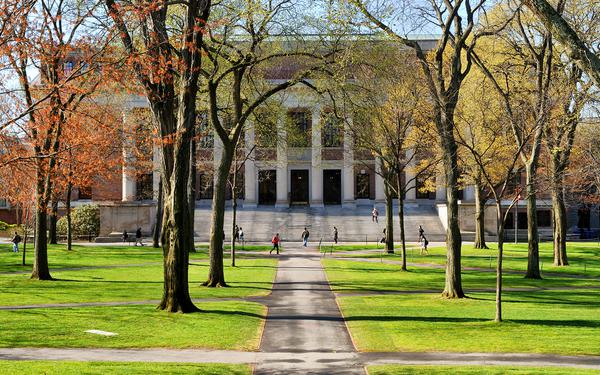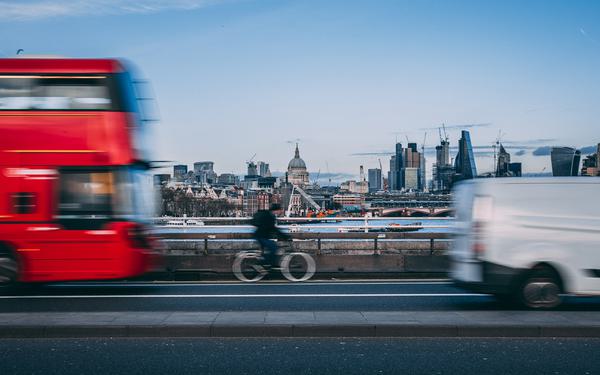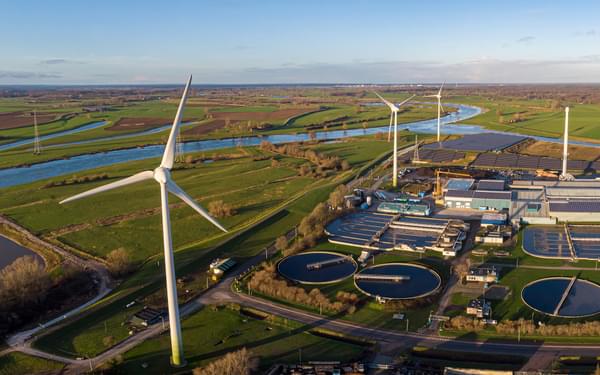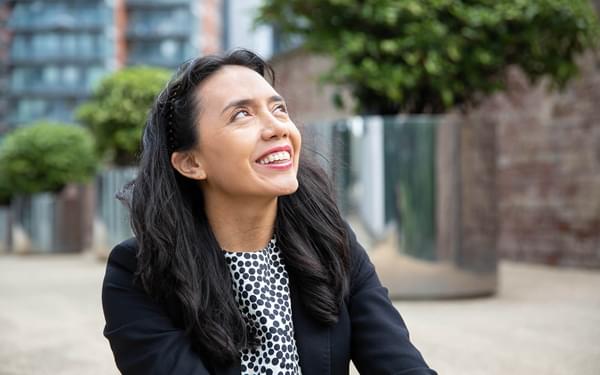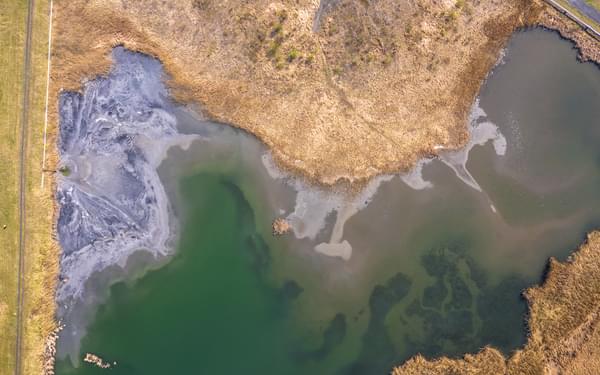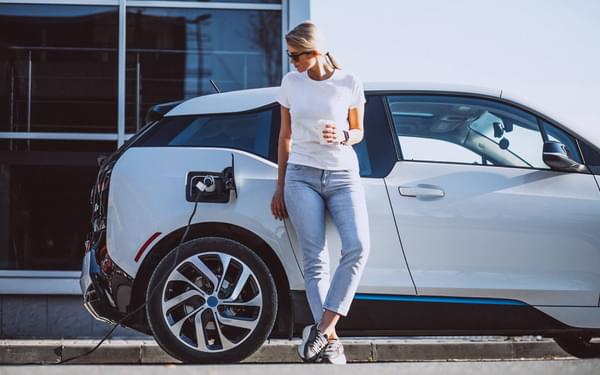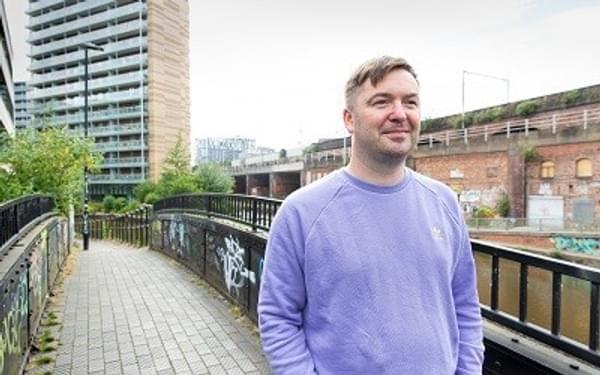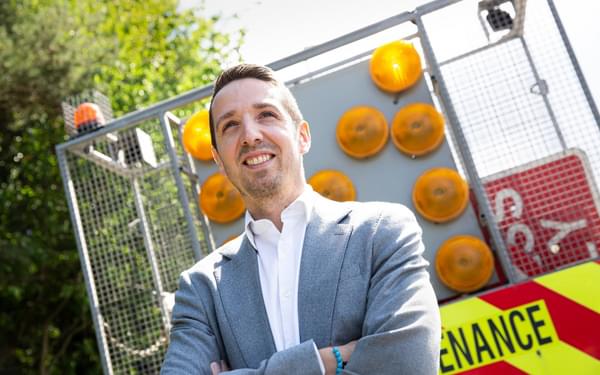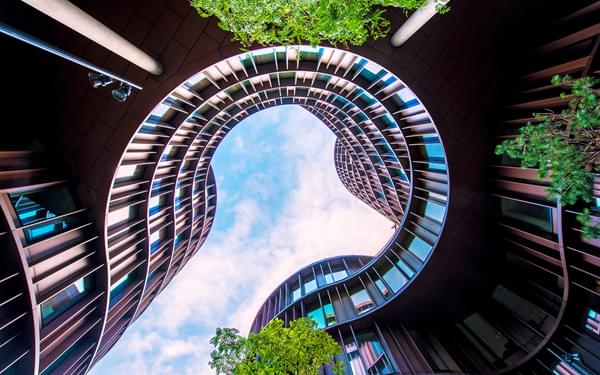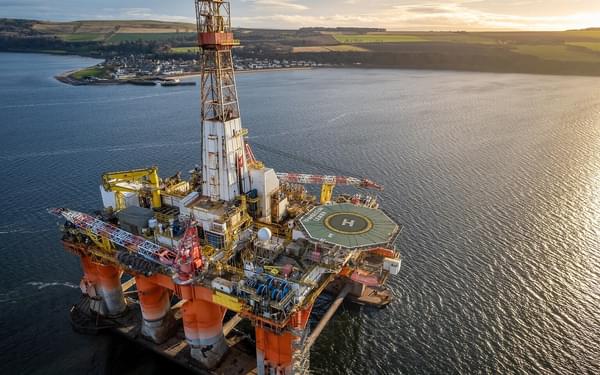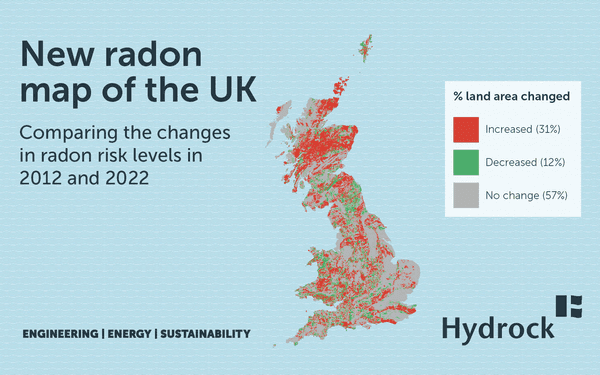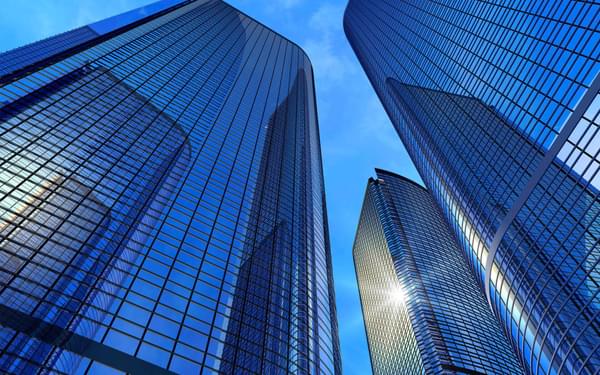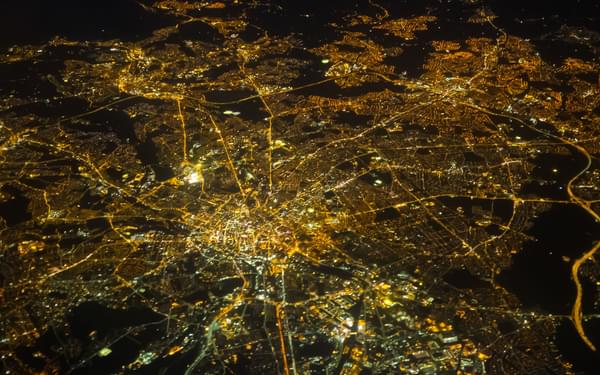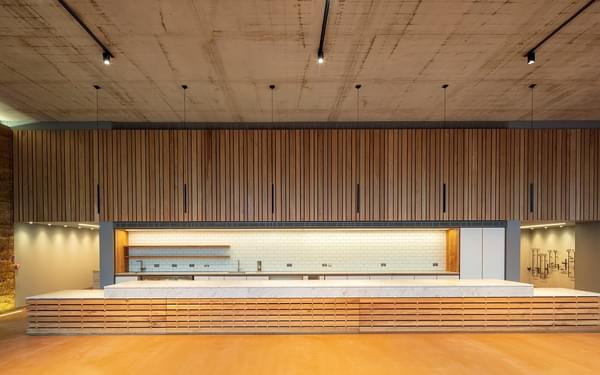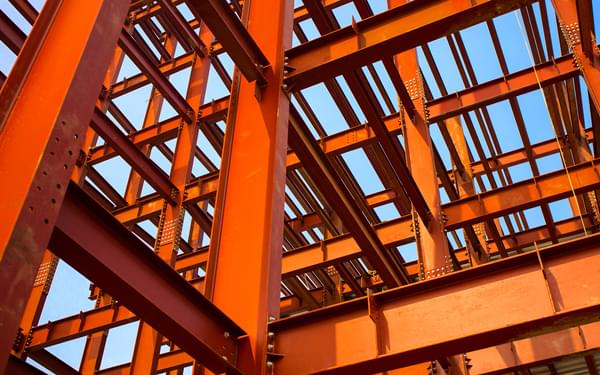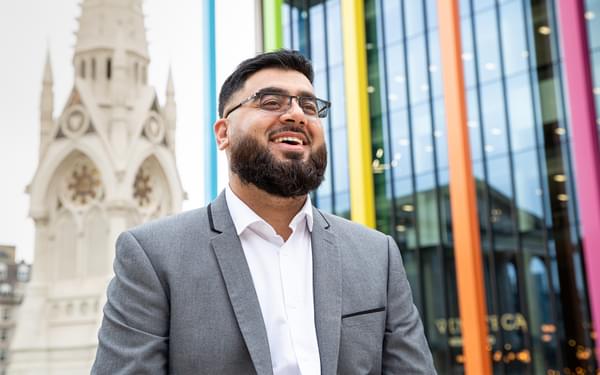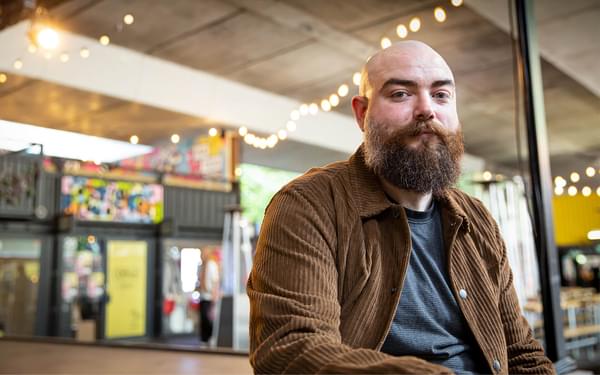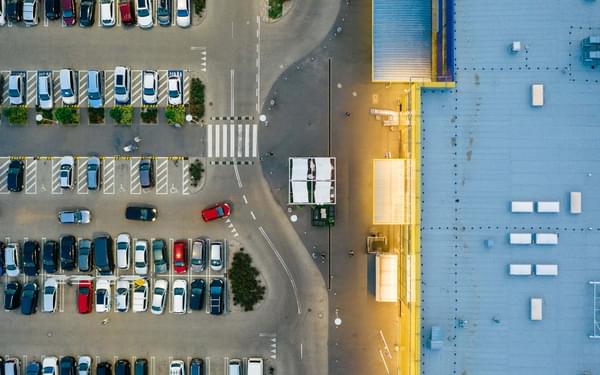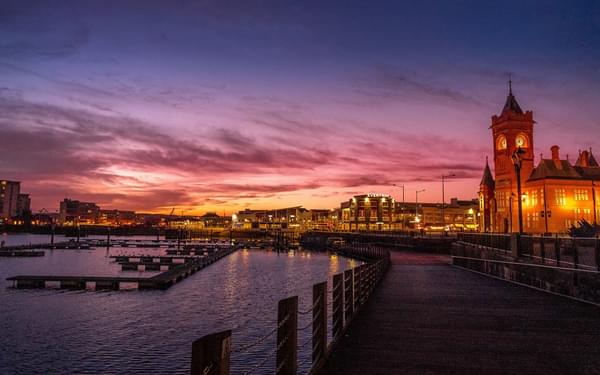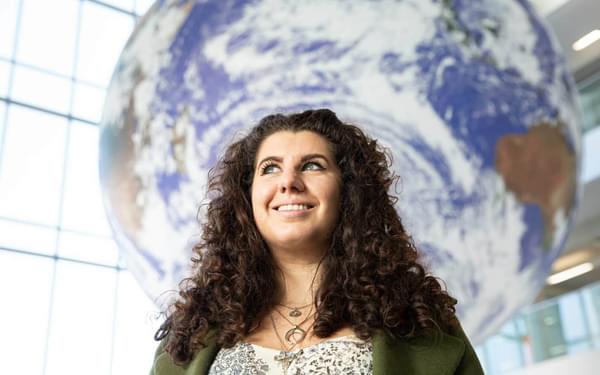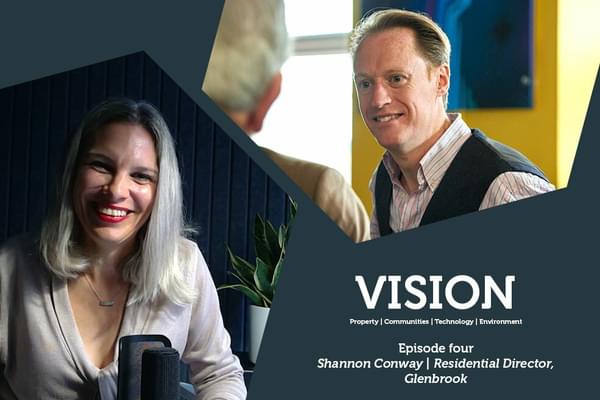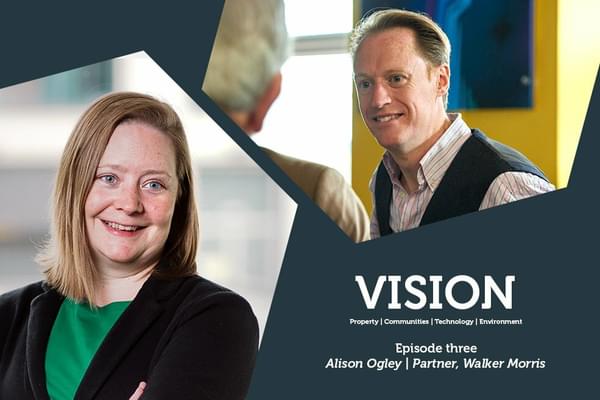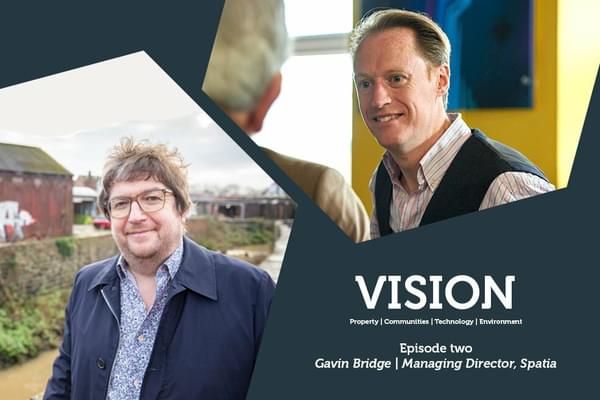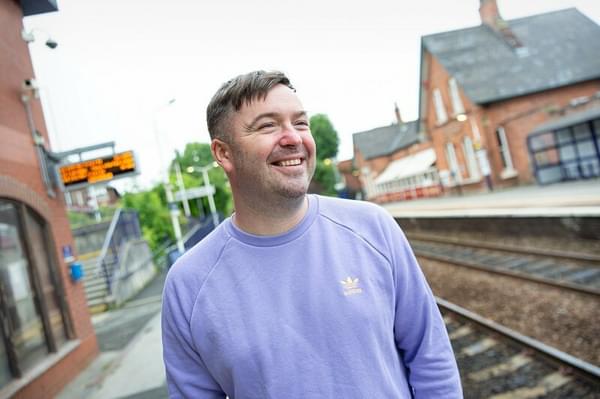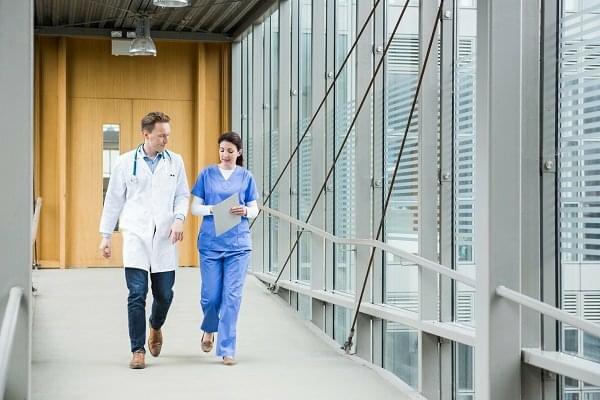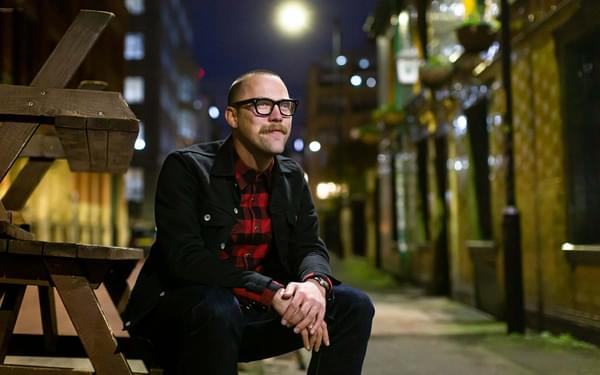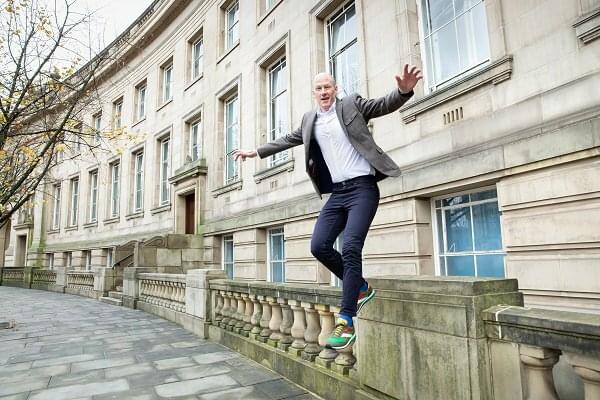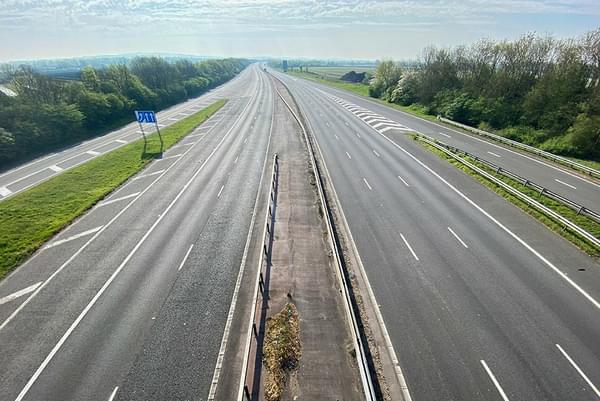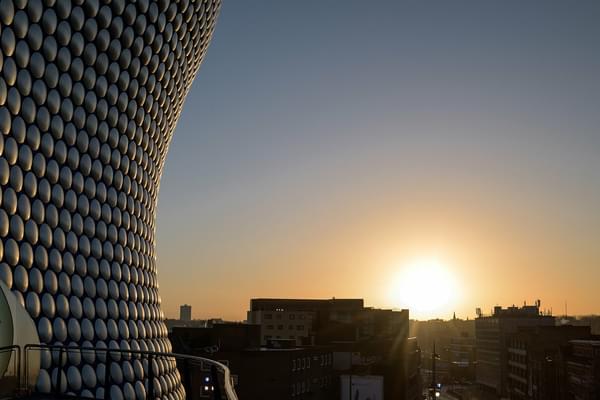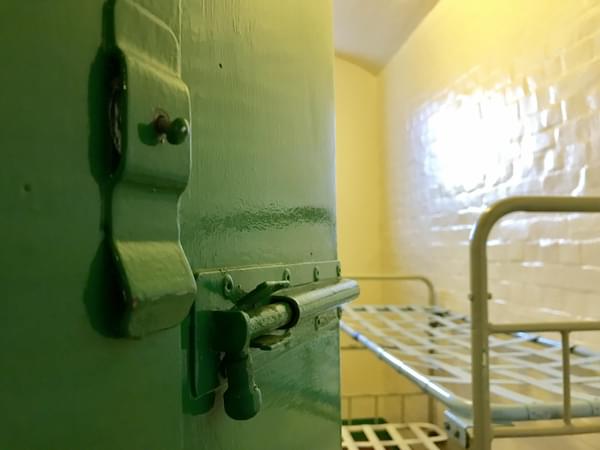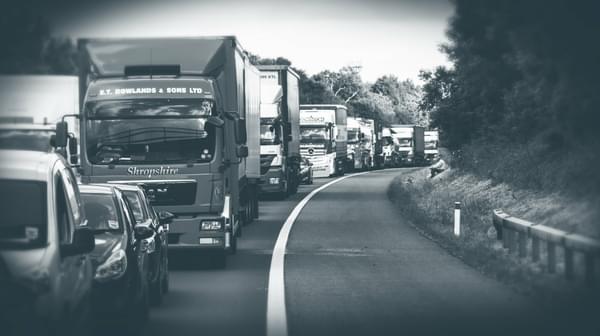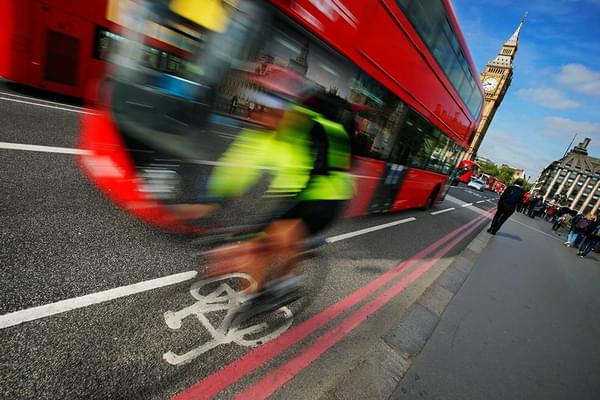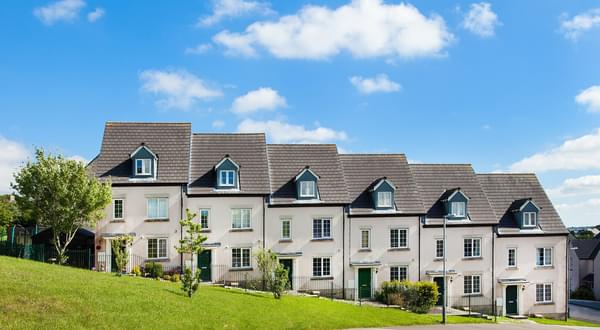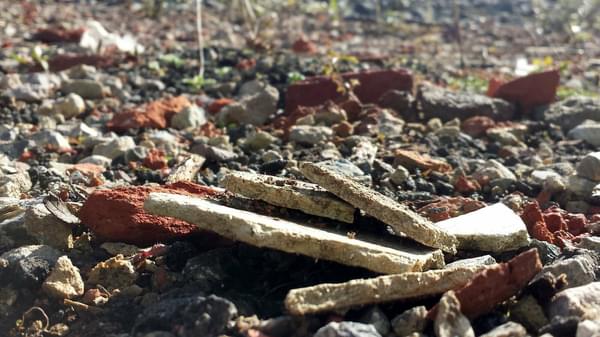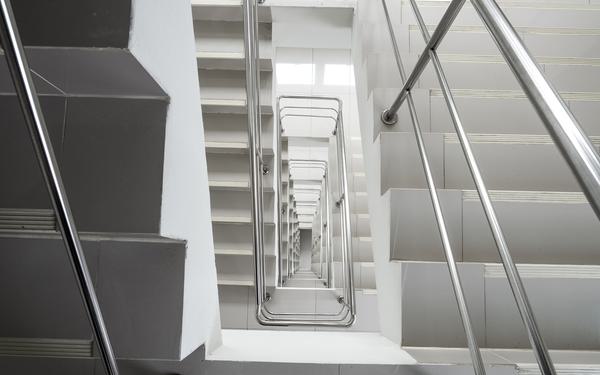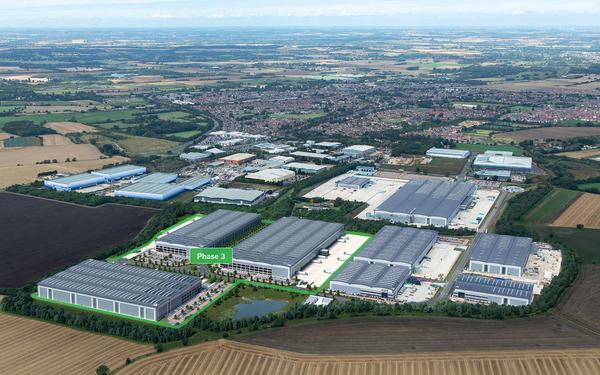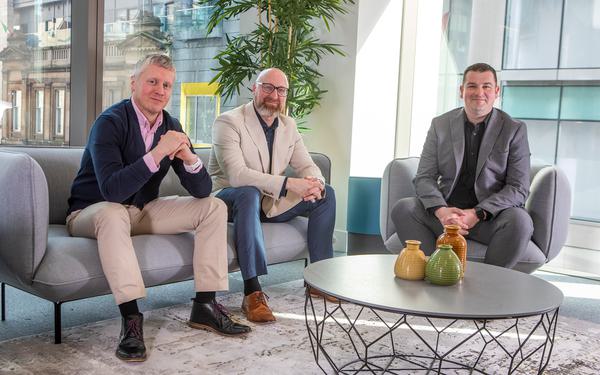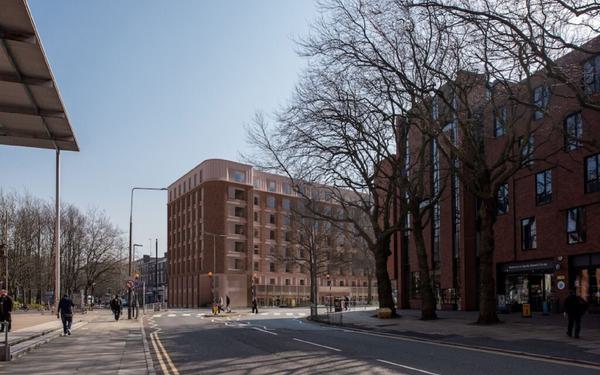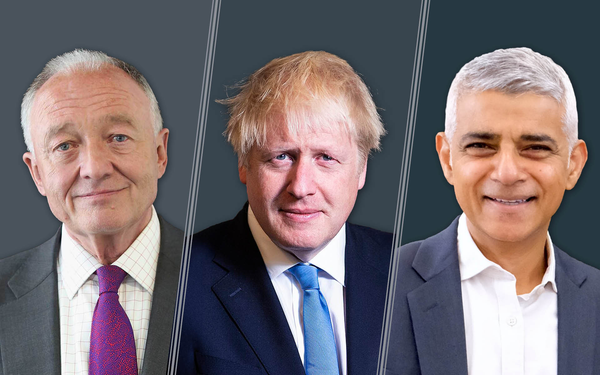
“It’s a mild morning at rush hour in front of Oxford Road station. Strange for Manchester in November, when it would be more customary for crowds of people to be battling each other, their umbrellas, and the path of least resistance.”
It’s a mild morning at rush hour in front of Oxford Road station. Strange for Manchester in November, when it would be more customary for crowds of people to be battling each other, their umbrellas, and the path of least resistance.
I’m missing that gentle hum of people scuttling into the city centre for work or university campus. Instead, in the depths of lockdown, it feels more like an apocalyptic movie scene. Eerie and still.
To top up my student loans, I actually used to work in Java, an independent coffee house, on the corner that leads up to the station ‒I’d recognise the same faces that popped in each day for their first cup of bean in the morning. Looking back, those passing coffee-deep conversations had a longer-lasting impact than I realised.
Funnily, my first taste of urban planning came via a regular customer who offered me a work experience role after we shared a similar passion for geography over a latte. After this, I started to think about my career prospects and where it might lead once I hung up the barista apron.
My future suddenly became clearer whilst travelling during a study abroad year, whereby I experienced how different cities across the world had moved forward with innovation in the planning sector.
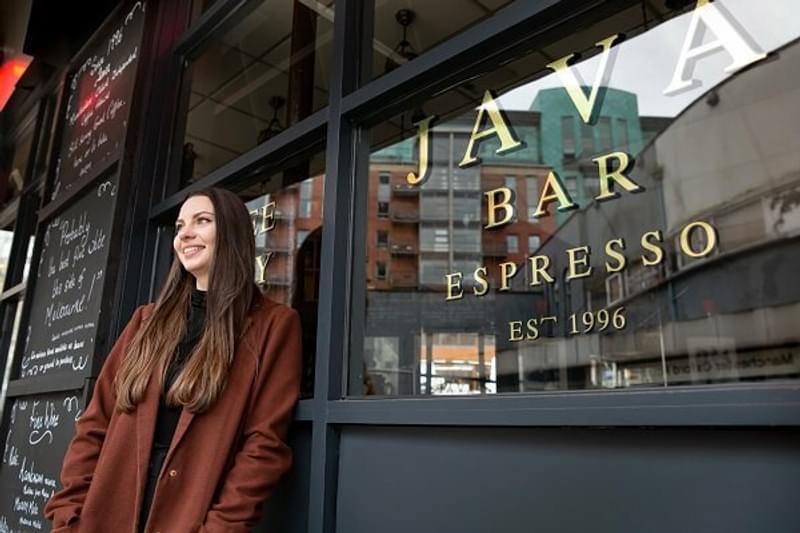
“My future suddenly became clearer whilst travelling during a study abroad year, whereby I experienced how different cities across the world had moved forward with innovation in the planning sector.”
It was during this journey across the provinces of Canada that my interest in the human element of geography was reaffirmed ‒and I jumped at the chance to join Hydrock as a graduate in September last year.
I’m fascinated by the inextricable links between urban planning indicators, environmental exposure and personal behaviour ‒and the thought of one day standing in front of, or touching, something I’ve helped plan, really motivates me. It then becomes tangible. People can be so blasé about the buildings they see around them without truly considering the work that’s gone into making someone’s vision a reality.
More than three quarters of the UK’s population live in urban areas. In the last decades, traffic has been the bane of many a town and city. As a stimulator of urban growth, it’s become an obstacle to future development and public mobility.
Cities are recognised as being society’s major engine of innovation and wealth creation, but they are also a main source of pollution, crime and disease. Well-designed and efficient urban transport systems are essential for cities and their people to thrive.
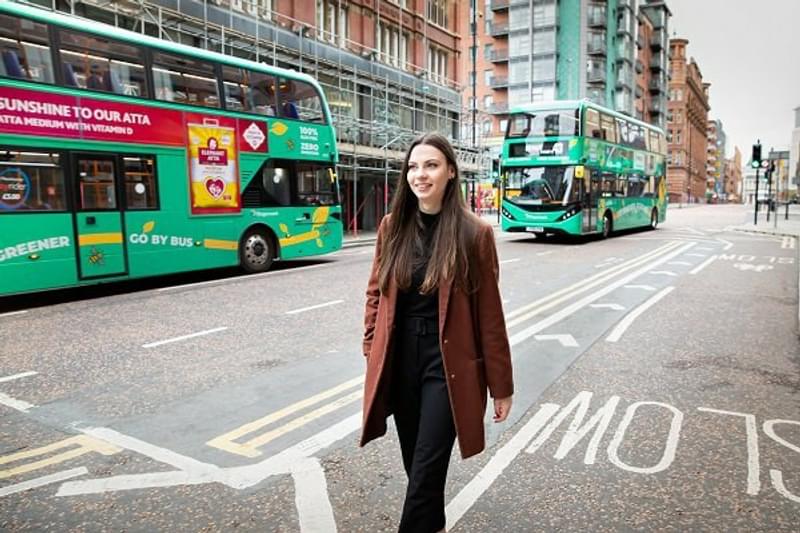
You see, cities often suffer because the professionals that are responsible for their evolution are often working in silos, such as urban planners, mobility and transport planners, property developers, environmental departments. Getting them to work together is essential to futureproofing projects.
A fundamental part of our justification for the highways impact of a new development involves the input of valid traffic survey data to enable us to assess current traffic conditions and analyse the impact of a new development on the local highway network. At this moment in time, COVID has made this hugely challenging as we are experiencing changing travel behaviours, whether that be public or private transport.
It has proved challenging for a number of projects that Hydrock’s transport planning team have been working on, including alterations in the way local authorities think about new developments. These include considerations into the required widths of pedestrian pavements to allow for social distancing, and creating more connected cycle route strategies to encourage local residents to embrace healthier lifestyles. Our team has been supporting such proposals with the use of in-house VISSIM modelling to develop multi-modal microsimulation models.
How our society re-integrates with our city centres post pandemic is going to be really interesting. People have missed the bars, cafes and freedom to shop without restrictions. But, clearly, so many of us have also grown to enjoy exploring our local green spaces and the temporary breather from noise, pollution and congestion.

“How our society re-integrates with our city centres post pandemic is going to be really interesting. People have missed the bars, cafes and freedom to shop without restrictions. But, clearly, so many of us have also grown to enjoy exploring our local green spaces and the temporary breather from noise, pollution and congestion.”
There are questions worth raising about whether demand for public transport will change ‒and I anticipate alterations to how people choose to travel around city centres. For example, will provision for public transport increase in response to fear of overcrowding? Will commuters choose to travel by single occupancy car journeys as a response to this fear, ultimately creating negative side effects with regards to resourcing and excessive pollution?
There is a huge opportunity to redesign transport systems in response to changing behaviours and mindsets, but being able to think ahead is going to be key to taking advantage of that.
City influencers and planners are already thinking smarter. Around the world, there is talk of decentralised mini-hubs, ecologically-transformed neighbourhoods, more flexible working spaces and wider use of technology to communicate.
The pandemic has presented a challenge that many of us are having to face for the first time and are working hard to find creative solutions to help overcome. For me, it has been eye-opening. In truth, as a junior member of the team, at the earliest stages of my career, this year’s been tough. But with the help of an extremely supportive team, I’ve been able to get through this and I’m stronger for it. I’ve achieved a few personal career milestones this year, solidifying that decision made thousands of miles away.
And now I’m about to end my first ever commentary article with an unshakeable sense of optimism... COVID may have momentarily put the handbrake on Manchester’s rapid, bustling fast paced environment ‒but, when we get over these challenging times, I’m looking forward to a future which promises a greener, more social, more active and healthier city!
This article was originally published on Place North West in December 2020
